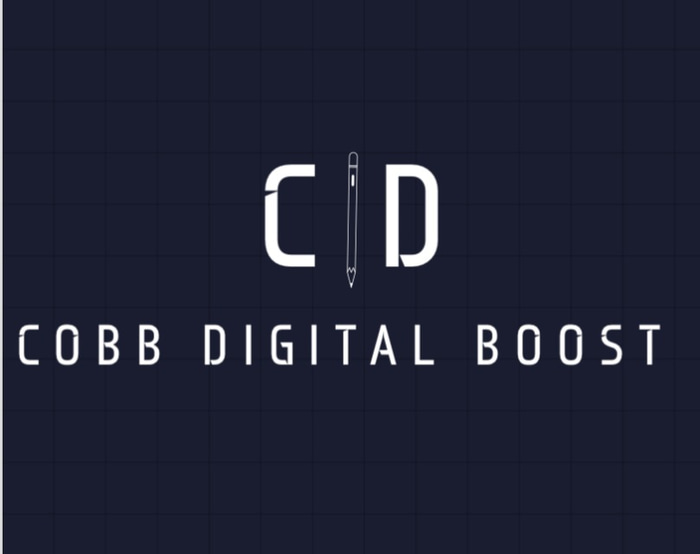5 Key Digital Marketing Strategies to Grow Your Business in 2025
In today's fast-paced digital landscape, businesses need a solid online presence to stay competitive. Whether you're a small startup or an established company, digital marketing is the key to increasing your visibility, generating leads, and boosting sales. But with so many options out there, where should you focus your efforts to achieve the best results? In this post, we'll explore five essential digital marketing strategies that can help you grow your business in 2025 and beyond. 1. Leverage Search Engine Optimization (SEO) to Drive Organic Traffic If you’re not already optimizing your website for search engines, you're missing out on one of the most cost-effective ways to attract customers. SEO involves improving your website so that it ranks higher on search engines like Google for relevant keywords. Why SEO matters: 93% of online experiences begin with a search engine. 75% of users never scroll past the first page of search results. Higher visibility means more traffic, more leads, and ultimately more sales. How to implement: Focus on both on-page SEO (optimizing your content and metadata) and off-page SEO (building backlinks from trusted sites). Use tools like Google Analytics and Google Search Console to track your progress. Regularly update your content to stay relevant. 2. Use Pay-Per-Click (PPC) Ads for Immediate Results PPC advertising is a powerful tool for businesses looking to see immediate results. With platforms like Google Ads and Facebook Ads, you can target specific demographics, interests, and even geographic locations to drive relevant traffic to your website. Why PPC matters: Instant visibility on search engines or social media. Allows you to target your ideal customer more precisely than organic methods. Provides measurable results, making it easier to optimize your strategy. How to implement: Start with a small budget to test various ad creatives and keywords. Focus on highly targeted campaigns to ensure a good return on investment (ROI). Continuously monitor and optimize your campaigns for better performance. 3. Build a Strong Social Media Presence Social media platforms are where your customers spend a significant amount of time. By maintaining an active and engaging presence on platforms like Facebook, Instagram, LinkedIn, and Twitter, you can connect with your audience, build trust, and drive conversions. Why social media matters: 4.48 billion people use social media worldwide. Social media allows you to engage directly with your audience and build relationships. It’s an ideal platform for promoting content, products, or services in a more informal and personalized way. How to implement: Post valuable and shareable content that resonates with your target audience. Use social media advertising to amplify your reach and drive traffic to your website. Track key metrics like engagement rates, clicks, and conversions to refine your strategy. 4. Create Engaging Content to Attract and Retain Customers Content marketing is not just about writing blogs or creating videos. It’s about providing valuable content that educates, entertains, and helps your audience solve problems. The better your content, the more likely it is that people will share it and return to your site. Why content matters: Businesses that blog receive 67% more leads than those that don’t. Content helps establish your authority and build trust with potential customers. It fuels other marketing strategies, like SEO and social media. How to implement: Develop a content calendar and post regularly. Create different types of content, such as blog posts, videos, infographics, and podcasts, to appeal to various segments of your audience. Use data-driven insights to create content that directly addresses your audience’s needs. 5. Focus on Conversion Rate Optimization (CRO) Once you've attracted visitors to your website, the next step is to convert them into customers. Conversion Rate Optimization (CRO) is the practice of improving your website's design and user experience to increase the percentage of visitors who take a desired action, like filling out a form or making a purchase. Why CRO matters: It’s often easier and more cost-effective to convert existing traffic than to drive more traffic. Small improvements in your website’s design and messaging can lead to significant increases in sales and leads. How to implement: Use A/B testing to test different website elements like headlines, CTAs, and images. Optimize your forms to make them user-friendly. Ensure your website is mobile-responsive, as more users are browsing and shopping on their phones.
5/10/20241 min read
